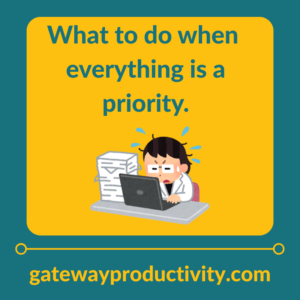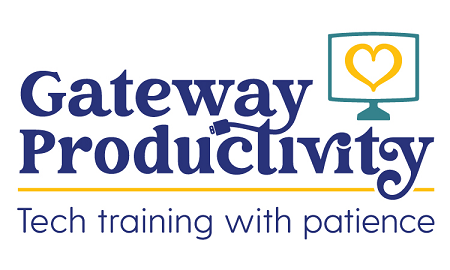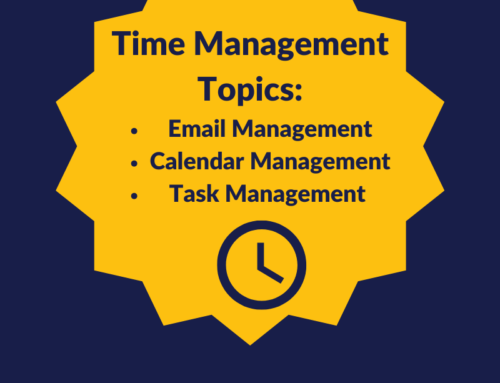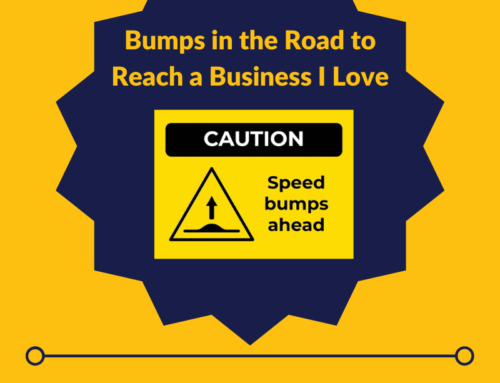
What to do When Everything is a Top Priority
If you find yourself in a situation where all tasks are considered high priority, it’s essential to implement additional criteria to make more nuanced decisions. Here are some strategies you can use:
Impact and Consequences
Assess the potential impact and consequences of each task. Which task, if not completed promptly, could have the most significant negative repercussions? Prioritize tasks with the potential for greater consequences.
Deadline Proximity
If all tasks are high priority, consider the proximity of deadlines. Start with the task that has the nearest deadline to ensure you meet time-sensitive requirements.
Dependencies
Identify if any tasks are dependent on the completion of others. Prioritize tasks that are prerequisites for subsequent activities, ensuring a smooth workflow.
Client or Stakeholder Needs
If tasks are related to clients, stakeholders, or external parties, consider their needs and expectations. Prioritize tasks that are crucial for maintaining relationships or meeting external commitments.
Resource Availability
Consider the resources required for each task. If there are limited resources or certain tasks require specific expertise, prioritize based on resource availability and skill requirements.
Strategic Alignment
Align tasks with your overarching goals and strategic objectives. Prioritize tasks that contribute most directly to your long-term success or the success of your team or organization.
Effort vs. Impact
Evaluate the effort required for each task compared to the potential impact. Prioritize tasks that offer a high impact relative to the effort involved.
Remember that the goal is not only to complete tasks but to do so in a way that aligns with your overall objectives and minimizes negative consequences. Regularly reassess your task list, adjust priorities as needed, and communicate effectively with relevant stakeholders to manage expectations.




